I was recently inspired to write this article today from a conversation about the fact that each person has a different body type. The three body types are: Ectomorph, Mesomorph, and Endomorph. Your body type is either one or a combination of the body types. There is no one right way for people to eat, as eating for your body type is the most important strategy to be healthy. Below is an article that explains the three body types, food intake tips and exercise tips for each body type for your best health. Cheers to your health!
3 body types, how to work and eat for them!
http://heartcorestudio.com/blog/entry/3-body-types-how-to-work-and-eat-for-them
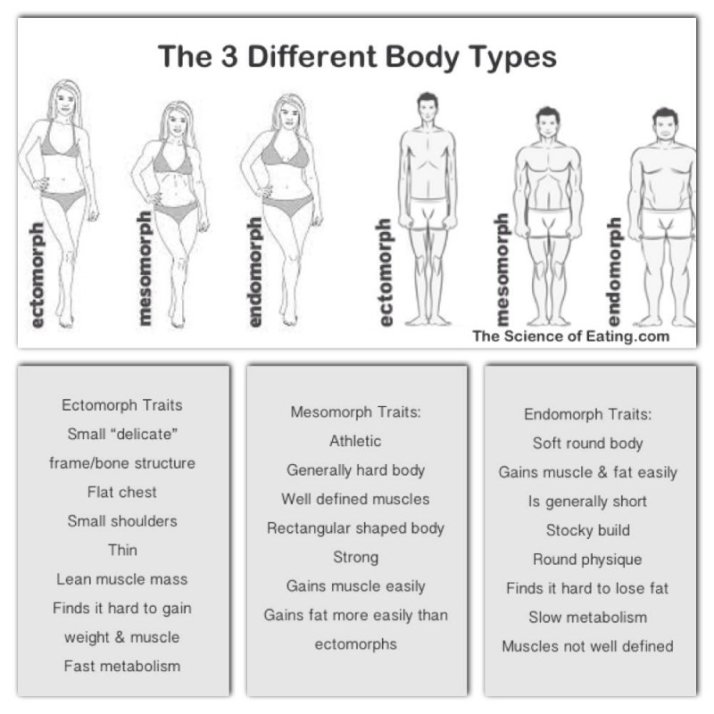
All info from http://thescienceofeating.com
There are three general categories of Male & Female body types: Ectomorph, Mesomorph, and Endomorph. Many people think that “body type” just describes the way a person looks, but your body type can also provide information about how you respond to food intake and your hormonal and sympathetic nervous system (SNS) characteristics. These factors can be linked to metabolic differences between individuals, and influence how you respond to diet and training. Understanding your body type will help you to strategically & successfully plan your strength training and diet regiment, and once you establish your body type, you can adjust nutrient intake to maximize fitness composition and health related goals.
Very few people fall perfectly into one of the three categories, and are often a mix of the 3 characteristics. Also, training along with good nutrition can completely change the appearance of one’s body. One important thing to remember is that regardless of your body type, composition, or overall health status, your ability to handle carbohydrate-dense foods is greatly improved during and after exercise, meaning that the best time to eat the majority of starchy/sugary foods is around the times that you’re physically active. Depending on your body type, your carb tolerance is different and your strategy should be different.
Ectomorphs
Ectomorphs are skinny with a small frame, light build, small joints and lean muscle. Usually they have long thin limbs with stringy muscles, narrow shoulders with a fast metabolism making this body type the most resistant to weight gain.
Ectomorphs are often able to overeat, while gaining little, to no extra weight, they tend to have little body fat, muscle and bone mass. Ecto’s need a large amount of calories to gain weight, and workouts should be short & intense focusing on big muscle groups. Supplements like Whey Protein are definitely recommended, and they should eat before bed to prevent muscle catabolism during the night (use casein protein). Generally, ectomorphs lose fat very easily so cutting back to lean muscle shouldn’t be a problem.
Ectomorph Traits
Small “delicate” frame and bone structureClassic “hardgainer”Flat chestSmall shouldersThinLean muscle massFinds it hard to gain weightFast metabolism
Food Intake:
Because Ectomorphs are at a disadvantage due to their thin body structure, they struggle to add size to their frame when attempting to achieve their dream physique, and it will take some hard work and dedication. Because of their fast metabolic rate and a high carbohydrate tolerance, they burn calories too efficiently, preventing them from putting on weight, so diet is especially important. With a High Carb Tolerance, you should be eating a greater percentage of high carb foods all throughout the day. Get more carbs during/post workout than any other time of the day. (More carbs after workouts and less carbs at other times). Carb timing should include some starchy, whole grain, unprocessed carbs that are eaten at every other meal, while veggies and/or fruits (3:1 serving ratio) should be eaten at each meal. Stick to quality sources of protein and healthy fats, but the occasional cheeseburger or slice of pizza is not going to make an ectomorph fat. Also, ectomorphs should use High Calorie weight gainer shakes to help them build mass, so it’s smart to invest in a weight gainer powder if you don’t have time to cook or just need that extra calorie boost. Eat more, more frequently, aim for 6-8 meals spread over the course of the day, and always eat breakfast! This should be your largest meal, consisting primarily of complex carbohydrates and protein.
Cheat days using Junk food can be a useful tool to the ectomorph trying to put on size without worrying about body fat. With anything, there are rules to how you must employ junk food into your daily diet to aid in gaining size and not just satisfying your taste buds. The selection of junk food should contain adequate amounts of protein to meet your needs, and used during your cheat days.
Training
Strength Training with limited Cardio is best for Ectomorphs, and it is recommend to use simple routines with heavy compound movements and minimal isolation movements per muscle group. Since strength training also burns calories. You can incorporate a shock technique day using supersets.
Rest time should be kept between 2-3 minutes as much as possible. Take at least 1 rest day in between the last lifting day, and the optional superset day. http://thescienceofeating.com
Mesomorphs
Mesomorphs have a medium sized bone structure, athletic body, and they typically have a considerable amount of lean mass. Mesomorphs tend to be testosterone and growth hormone dominant, which leads to a predisposition for muscle gain and the maintenance of a lower body fat. The Mesomorph form is the best body type for bodybuilding, and responds the best to weight training, and gains are usually seen very quickly, even for beginners. The downside to mesomorphs is they gain fat more easily than ectomorphs, so they must watch their calorie intake more closely. Because of this, it helps to use combination of weight training and cardio during workout routines.
Mesomorph Traits
AthleticGenerally hard bodyWell defined musclesRectangular shaped bodyStrongGains muscle easilyGains fat more easily than ectomorphs
Food Intake
Mesomorphs typically do best on a mixed diet, consisting of balanced carbohydrates, proteins, and fats, with a macronutrient split of 40% carbohydrate, 30% protein, and 30% fat can work well. Always remember that even for the physically blessed mesomorphs, inadequate nutrition equals little gain at the gym. Low-fat proteins such as nonfat Greek yogurt, Kefir, eggs, poultry and seafood build strong muscles and encourage muscle growth. Complex carbohydrates such as spinach and other green vegetables, whole grain foods and low-sugar fruits provide the mesomorph with enough energy to make it through demanding workouts. High-fiber foods such as beans increase feelings of fullness, and these items can help to avoid sugary binges. Also, while most athletes find water adequate, mesomorphs who perform more intense workouts may require speedier electrolyte replenishment with sports drinks or Powerades, and I offer many easy, healthy, delicious recipes for these items here in my website.
Mesomorphs also tend to have a moderate carb tolerance, meaning you should likely minimize high starchy/sugary carb foods outside the workout window, except after an overnight fast such as for breakfast. This means you’d try eating some higher carb/starchy carb foods in the morning, as well as during/post exercise. The rest of the meals would consist of less dense carb foods and more lean proteins, veggies, fruits, nuts and seeds.
Training
Mesomorphs are naturally strong and respond quickly to exercise. Multiple weekly resistance training sessions using moderate to heavy weights with limited rest between sets, help mesomorphs build size. Do upper and lower body compound exercises using two to three sets of eight to 12 repetitions each, resting between 30 and 90 seconds after each set. http://thescienceofeating.com
Endomorphs
Endomorphs have a larger bone structure with higher amounts of total body mass and fat mass, and this extra fat seems to resist most efforts to get rid of it. The endomorph body type is solid and generally soft, and gains fat very easily. Endo’s are usually a shorter build with thick arms & legs. Their muscles are strong, especially the upper legs, and are naturally strong in leg exercises like squatting. Football lineman and powerlifters are frequently classified as endomorphs. They also tend to be insulin dominant, leading to a greater propensity for energy storage, including both lean mass and fat mass, and also mean a lower carbohydrate tolerance. As an endomorph, you may feel as though you are destined to be overweight or even obese. NOT TRUE! You just have to make a conscious, concerted effort to do the things your body should be doing for you automatically. If your body isn’t instinctively telling you to get moving, you have to make sure that exercise is part of your daily routine. If your metabolism is sluggish, you need to eat the right foods that will fire up your metabolism. To put it plain as day, you need to bust your ass by exercising and eating right for your body type.
Endomorphs Traits
Soft and round bodyGains muscle and fat very easilyIs generally short“Stocky” buildRound physiqueFinds it hard to lose fatSlow metabolismMuscles not so well defined
Food Intake
Endomorphs typically do best on a higher fat and protein intake with carbohydrate intake being controlled and properly timed after exercise, with their ideal intake around 25% carbs, 35% protein, and 40% fat. Because they are not very carb tolerant, the best tactic is to avoid high carb/starchy carb foods outside the workout window (including breakfast). This means only proteins, fats, veggies and fruits outside the workout window. Also as we approach different stages in our lives, our hormones change and this can influence our body type. This includes stages such as puberty and menopause, as well as the male equivalent, andropause.
Dense carb foods include whole grains like rice, whole grain breads, quinoa, amaranth, millet, corn, barley, dried fruits, yams, sweet potatoes, potatoes, recovery drinks, sugars, etc.
Training
When it comes to training, endomorphs find it very easy to gain weight. Unfortunately, a large portion of this weight is fat and not muscle. To keep fat gain to a minimum, endomorphs must always train using cardio as well as weights. Endomorphic bodybuilders need to get their butts to the gym as often as they can without overtraining. Around four days of weight training throughout the week will ensure that the “afterburn” increased metabolic response from each training session will then spill over into taken rest days. Include cardio into each workout, and no matter if an endomorph is bulking or cutting, weight training should be the main focus. An increased amount of muscle mass will increase their base metabolic rate, decreasing their chances of storing/holding onto fat. http://thescienceofeating.com
Quick Reference Guide to Body Types check out more at http://thescienceofeating.com

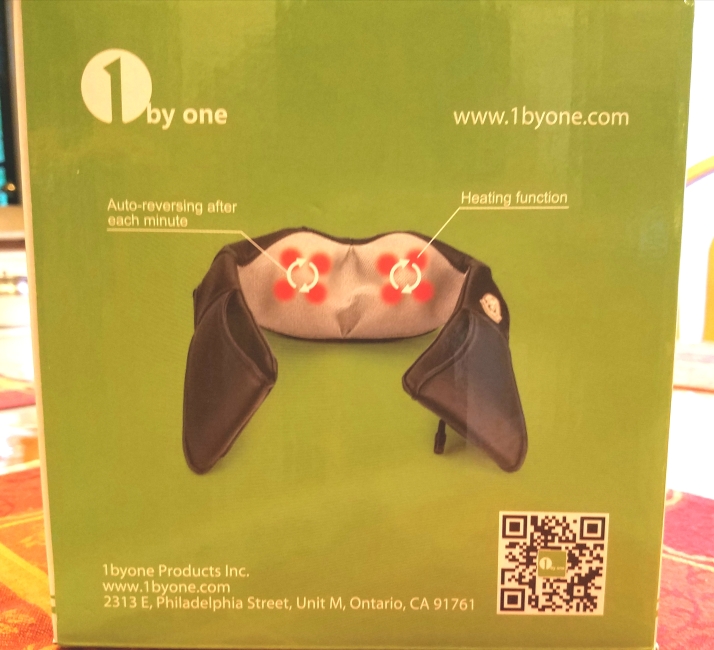

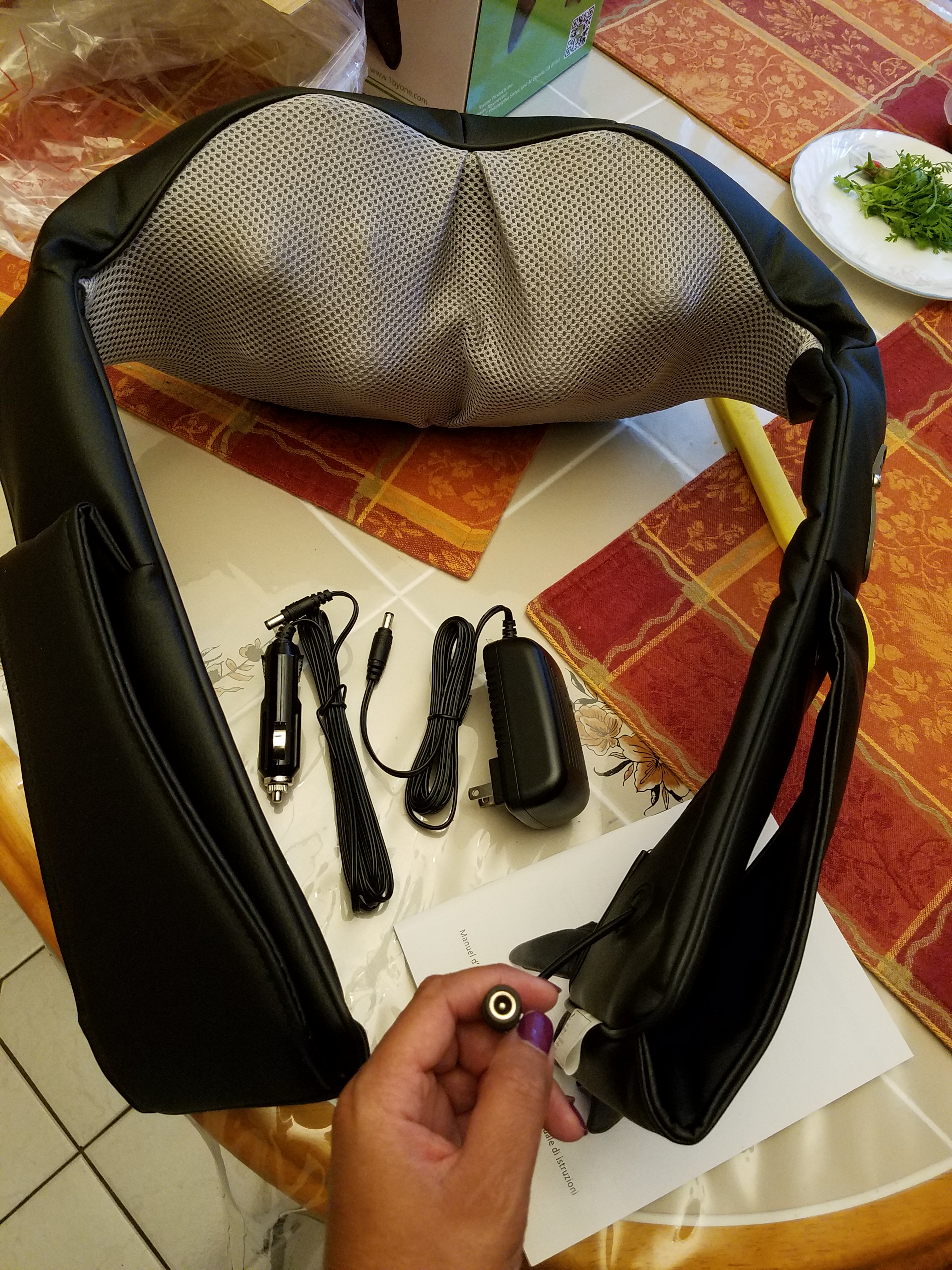













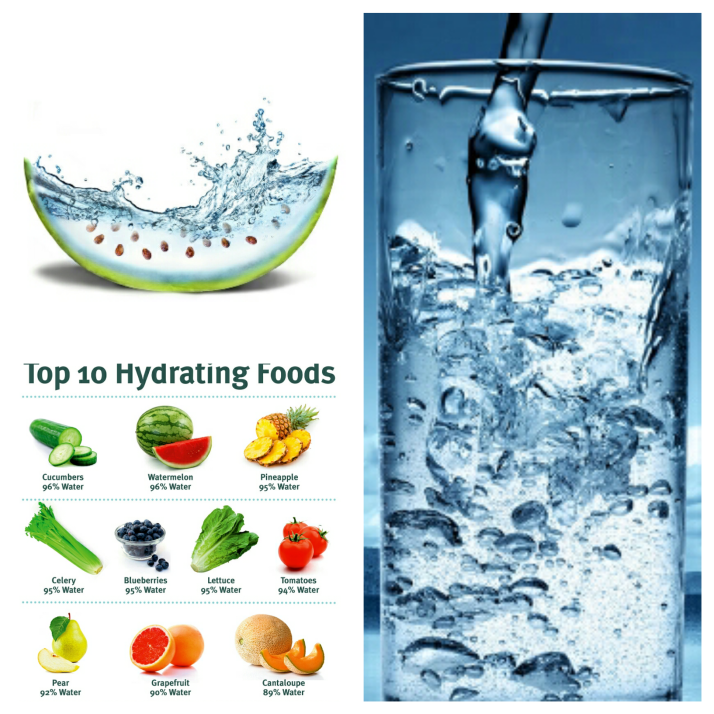
 Massages are great for pain relief and relaxation, but to get that relief you need to choose the right kind of massage for you. Personally I found out that deep tissue massage with accupressure is wrong for me. It was very painful and intense, because they pressed in so deep and my muscles were so tight. My breath was pushed out of me and I had to breath out hard, like I do when I exercise. After each deep pressure part they rub it to soothe the pain. I felt better right after the massage but my back started hurting that same evening. My whole body was in a lot of pain for 5 days, especially my neck, shoulders and lower back. Soreness is expected the first couple days because of the muscle adjustments, but you are expected to feel a lot of relief after the soreness is gone. However I did not feel any relief. Injuries can happen from deep tissue massage and I think that is what happened to me. This kind of massage does help some people with pain but it did not work for me.
Massages are great for pain relief and relaxation, but to get that relief you need to choose the right kind of massage for you. Personally I found out that deep tissue massage with accupressure is wrong for me. It was very painful and intense, because they pressed in so deep and my muscles were so tight. My breath was pushed out of me and I had to breath out hard, like I do when I exercise. After each deep pressure part they rub it to soothe the pain. I felt better right after the massage but my back started hurting that same evening. My whole body was in a lot of pain for 5 days, especially my neck, shoulders and lower back. Soreness is expected the first couple days because of the muscle adjustments, but you are expected to feel a lot of relief after the soreness is gone. However I did not feel any relief. Injuries can happen from deep tissue massage and I think that is what happened to me. This kind of massage does help some people with pain but it did not work for me.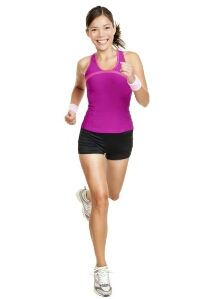





 With Winter upon us, most people scramble to “winterize” their homes or cars. But what about our bodies? Undoubtedly, the cold weather challenges our immune system making us more susceptible to colds.
With Winter upon us, most people scramble to “winterize” their homes or cars. But what about our bodies? Undoubtedly, the cold weather challenges our immune system making us more susceptible to colds.